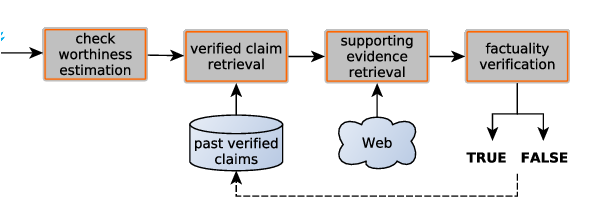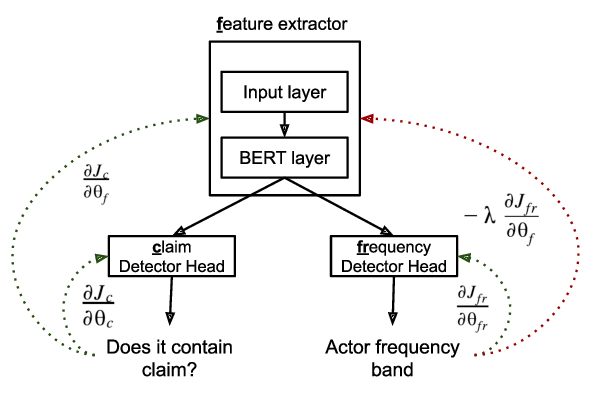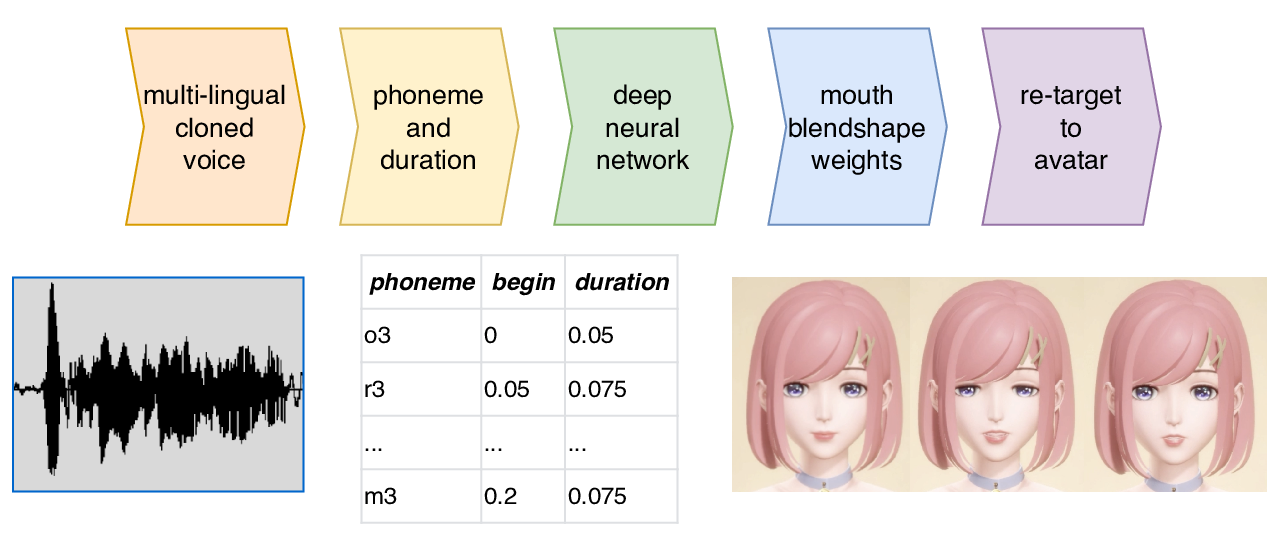What Was Written vs. Who Read It: News Media Profiling Using Text Analysis and Social Media Context
Ramy Baly, Georgi Karadzhov, Jisun An, Haewoon Kwak, Yoan Dinkov, Ahmed Ali, James Glass, Preslav Nakov
Computational Social Science and Social Media Long Paper
Session 6B: Jul 7
(06:00-07:00 GMT)

Session 7A: Jul 7
(08:00-09:00 GMT)

Abstract:
Predicting the political bias and the factuality of reporting of entire news outlets are critical elements of media profiling, which is an understudied but an increasingly important research direction. The present level of proliferation of fake, biased, and propagandistic content online has made it impossible to fact-check every single suspicious claim, either manually or automatically. Thus, it has been proposed to profile entire news outlets and to look for those that are likely to publish fake or biased content. This makes it possible to detect likely “fake news” the moment they are published, by simply checking the reliability of their source. From a practical perspective, political bias and factuality of reporting have a linguistic aspect but also a social context. Here, we study the impact of both, namely (i) what was written (i.e., what was published by the target medium, and how it describes itself in Twitter) vs. (ii) who reads it (i.e., analyzing the target medium’s audience on social media). We further study (iii) what was written about the target medium (in Wikipedia). The evaluation results show that what was written matters most, and we further show that putting all information sources together yields huge improvements over the current state-of-the-art.
You can open the
pre-recorded video
in a separate window.
NOTE: The SlidesLive video may display a random order of the authors.
The correct author list is shown at the top of this webpage.
Similar Papers
That is a Known Lie: Detecting Previously Fact-Checked Claims
Shaden Shaar, Nikolay Babulkov, Giovanni Da San Martino, Preslav Nakov,

Masking Actor Information Leads to Fairer Political Claims Detection
Erenay Dayanik, Sebastian Padó,

Xiaomingbot: A Multilingual Robot News Reporter
Runxin Xu, Jun Cao, Mingxuan Wang, Jiaze Chen, Hao Zhou, Ying Zeng, Yuping Wang, Li Chen, Xiang Yin, Xijin Zhang, Songcheng Jiang, Yuxuan Wang, Lei Li,

